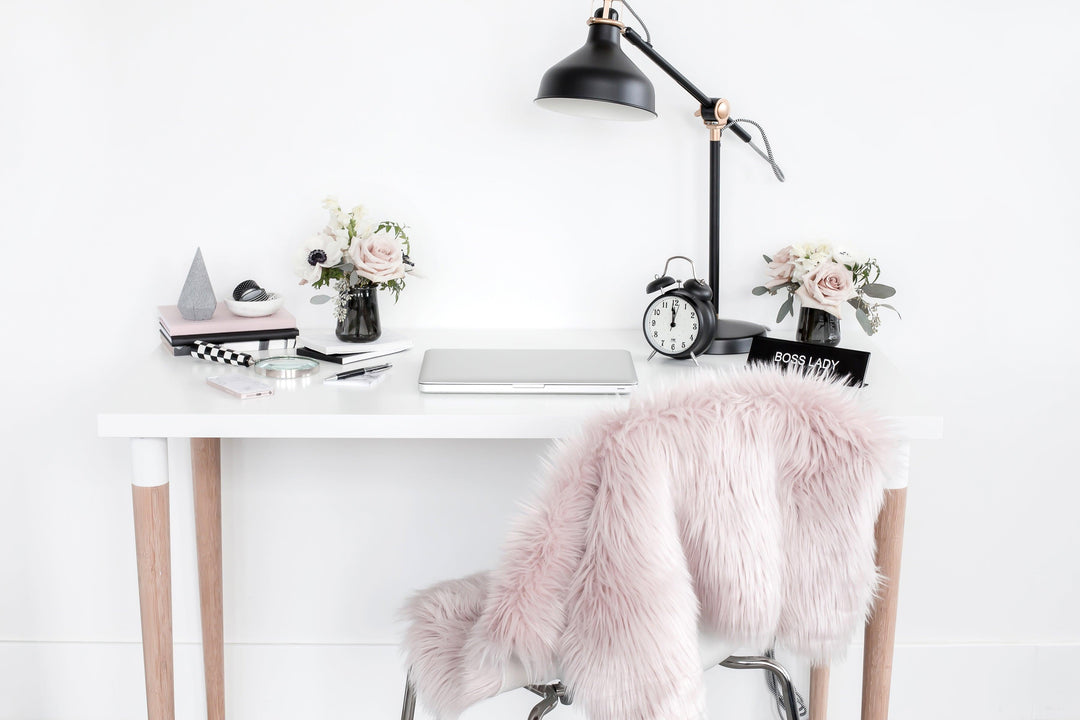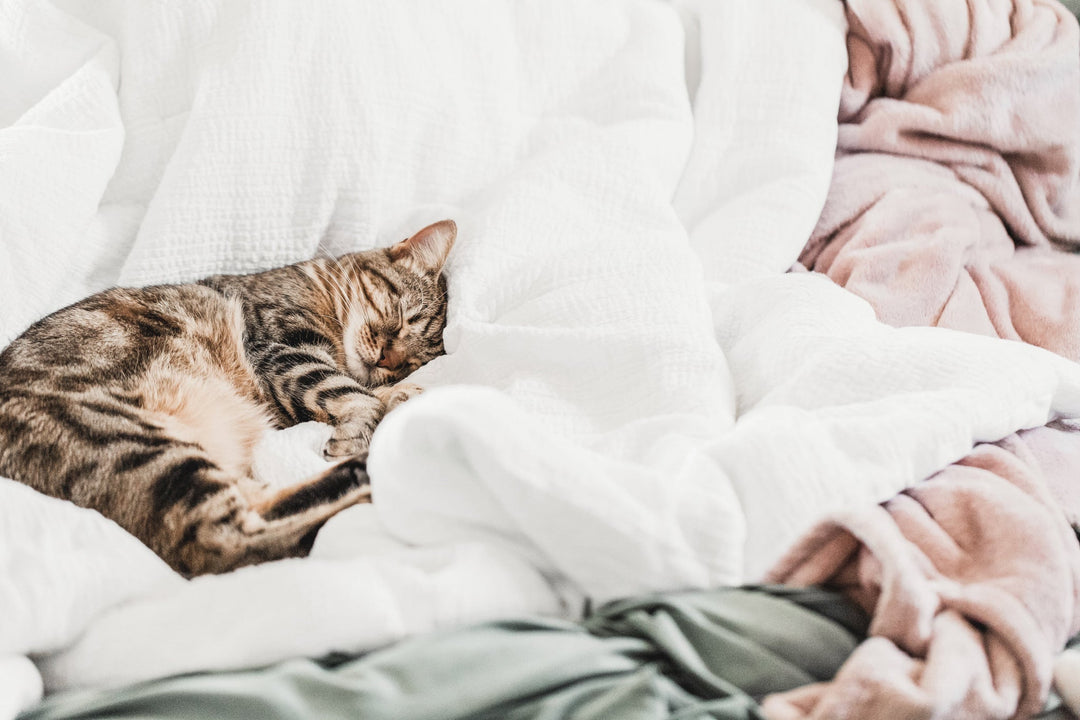Exposing Risky Behavior on Railroad Tracks
Topic: Business
Time Investment: 8 minutes
Suggested Product: All-in-One Contract Bundles
As a professional photographer, safety for you and your clients is your top priority.
There are many reasons why you shouldn’t be conducting portrait sessions on or near railroad tracks. You can view our previous Rail Safety for Photographers post outlining those reasons here.
These six “must-know” facts for photographers, from Operation Lifesaver, offer a great summary:
- Trains can’t stop quickly to avoid people or vehicles on the tracks.
- An optical illusion makes it hard to determine a train’s distance from you - and its speed.
- The average train overhangs the track by at least three feet.
- Railroad tracks, bridges/trestles, yards and rights-of-way are private property.
- No tracks should be assumed to be abandoned or inactive.
- People mimic your behavior when they see your photos on the web and social media.
But what do you do when your client specifically asks for a railroad track session?
Here are some ideas for how to handle different scenarios.
If your client wants to use railroad tracks or equipment during their photo session
Explain to the client how dangerous this practice is, and being on the tracks is trespassing and you could be fined, even after the session. If the client insists on a railroad location, you can try to contact the local railroad company to request permission to photograph on railroad property, but it is not likely permission would be granted for a portrait session. If permission is granted, you and your client will likely be required to sign a liability waiver, be accompanied by a railroad employee who knows the safety procedures, and follow the company’s normal safety procedures—which likely will be wearing of personal protective equipment, including reflective safety vests, while on railroad property.
A safer option is to photograph your client standing a safe distance off the railroad right of way with the tracks behind the client. Your best option is to find a local railroad museum or park that has static displays and permits photography sessions. Even then, I would not share the photos on your social media, website, or blog without a disclaimer stating the photos were taken at a park or museum. Better yet, just keep those photos private, between you and the client. Your work is powerful and it motivates and inspires others—let that motivation be positive and safe, and not encourage someone to put lives at risk. Publicly sharing those photos, especially without the safety disclaimer, is just not worth the firestorm that could hit. We’ve all probably seen the comments on such posts, for and against shooting on the tracks, which become unprofessional very quickly—and with many hateful things being said on both sides. Yes, this has happened to me and it’s just not worth it. Remember, people mimic our behavior, both in real life and online, and it is our professional responsibility to set a good example for our clients and the public.
Besides, the railroad track idea has been used so many times—despite the danger and illegal trespassing—that the concept has become cliché. Use your eye and professional skill to find a better approach, something that will result in a creative, original work. Your client deserves no less, after all.
If another photographer is shooting on railroad tracks
If you see another photographer taking photos on the tracks/right of way, you can do one of the following:
- Approach the photographer – Let the photographer know that shooting on tracks is illegal (trespassing) and dangerous. Be professional and non-confrontational, especially if the client is within earshot. I have heard some railroad buffs state that they will strike up a conversation with a photographer trackside and get the photographer’s business card, or at least business name, before informing the photographer of the illegal trespassing and danger. Some railroad buffs snap a photo of the license plate of the photographer’s car whenever possible and turn this information over to local law enforcement and/or railroad police. Because many railroad buffs are well aware of the local photographers’ attitudes regarding shooting on the tracks, they may choose not to directly approach the photographer, instead going straight to the authorities with the information.
- Contact the railroad – Go to the nearest crossing, which is required to have a sign (see image below) stating the railroad name, emergency contact phone number, and crossing identification number. Call the emergency number, give the railroad the crossing number and tell the operator there is a photographer taking portraits on the tracks near this location.
- Contact local law enforcement – Call your local law enforcement agency’s non-emergency number with the location and description of the individuals involved with the photo session.

RR Crossing ID/Emergency Notification Sign (image provided by Operation Lifesaver, Inc.)
If you see a photo that was taken on railroad tracks
- Contact the photographer – Do this privately via email, Facebook message or phone. Do NOT publicly comment on the photograph, page or blog. Be non-confrontational and professional. Remember, the way you conduct yourself reflects not just on you but also on your business.
- Contact the Operation Lifesaver, Inc. (OLI) state coordinator – Find the contact information for each OLI state coordinator here. In this scenario, the optimal contact method would be sending the state coordinator an email relating the photo(s) you have seen, the photographer or business information, and screenshot of photos. Be sure to include the name of the photographer (if you have it), business name, email address, link to their website and/or Facebook page, screenshots of the website where the photo is posted, and the direct link to the posted photo.
- Contact the railroad – If you are able to identify the tracks in question and which railroad the tracks belong to, you can call the railroad emergency number or their railroad police. This could take some research on your part to find the correct number to call. Give as much information as you can about the photographer and photo in question. It is probable that you will be asked to contact a specific person or department via email with this information as well.
- Contact local law enforcement – Call the non-emergency number for the law enforcement agency where the photo was taken. Again, you should have the photographer’s name and contact information.
As a professional photographer, safety for you and your clients is your top priority. You need to be responsible enough to listen to the experts, educate your clients, and set the right example for your clients, the community, and other photographers. Using train tracks as a session location is not worth the legal and personal risk to you, your clients, and your business reputation.
For additional rail safety information and resources please visit:
Operation Lifesaver, Inc.
Operation Lifesaver Canada
Protect the Line
Citizens for Rail Security
See Tracks, Think Train
Rail Safety Pinterest Board
Many thanks to my friends in the railroad community and Operation Lifesaver for their assistance with this important rail safety information for photographers.



